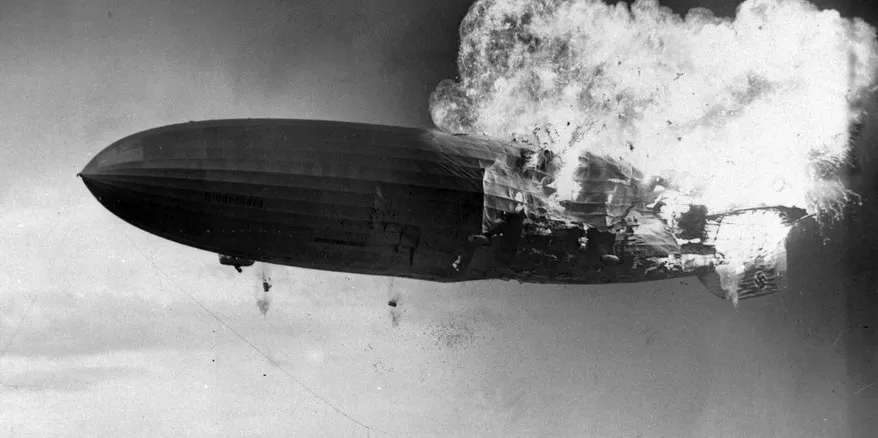The Hindenburg disaster, which occurred on May 6, 1937, marked a pivotal moment in the history of airships. The catastrophic event, resulting in the destruction of the German airship Hindenburg, not only claimed lives but also cast a shadow over the future of airship travel. In this article, we will delve into the Hindenburg disaster and explore the reasons why airships, like the Hindenburg, are no longer prominent in modern aviation.

The Hindenburg, a massive hydrogen-filled airship, was a marvel of engineering in its time. However, tragedy struck when it caught fire while attempting to dock at the Naval Air Station Lakehurst in New Jersey. The catastrophic inferno led to the deaths of 36 people and marked the end of the era of commercial airship travel.
One of the primary reasons for the Hindenburg disaster was the use of hydrogen gas as a lifting agent. Hydrogen is highly flammable, and when mixed with air, it becomes explosive. Unfortunately, the Hindenburg, like many airships of the era, relied on hydrogen to achieve buoyancy. The combustion of the hydrogen ignited the airship's structure, resulting in the devastating fire.
The Hindenburg disaster highlighted numerous safety concerns and design flaws inherent in airships. The use of hydrogen, though providing lift, posed a significant risk due to its inflammability. Additionally, the Hindenburg's highly flammable exterior coating, consisting of a combination of aluminum powder and cellulose nitrate, contributed to the rapid spread of the fire. These safety vulnerabilities, coupled with the lack of adequate fire suppression systems, made airships increasingly perilous.
Following the Hindenburg disaster, advancements in fixed-wing aircraft technology, such as the development of jet engines and improvements in safety measures, shifted the focus away from airships. Airplanes offered higher speeds, increased maneuverability, and enhanced safety features, making them a more practical and reliable mode of air travel. The tragic event served as a turning point, diminishing public confidence in airships and directing investment towards airplane development.
Airships, despite their grandeur and potential for long-distance travel, presented economic and practical challenges. They were slow-moving and sensitive to weather conditions, making them less time-efficient compared to airplanes. Additionally, the sheer size of airships required extensive infrastructure, including large hangars and mooring facilities, which made them less cost-effective to operate and maintain.
Legacy of the Hindenburg
The Hindenburg disaster left an indelible mark on the public consciousness, forever associating airships with tragedy and danger. The event led to increased scrutiny of safety regulations and the development of stringent guidelines for aircraft operations. While some smaller airships and blimps continue to be used for specialized purposes, such as advertising and surveillance, the era of large-scale commercial airship travel came to an end.

The Hindenburg disaster stands as a tragic reminder of the inherent risks and limitations of airships, particularly those that rely on hydrogen as a lifting agent. The combination of safety concerns, design flaws, advancements in aircraft technology, and practical considerations shifted the focus away from airships in favor of fixed-wing airplanes. Although airships still hold a place in history and niche applications, their prominence in modern aviation has significantly diminished in the wake of the Hindenburg disaster.